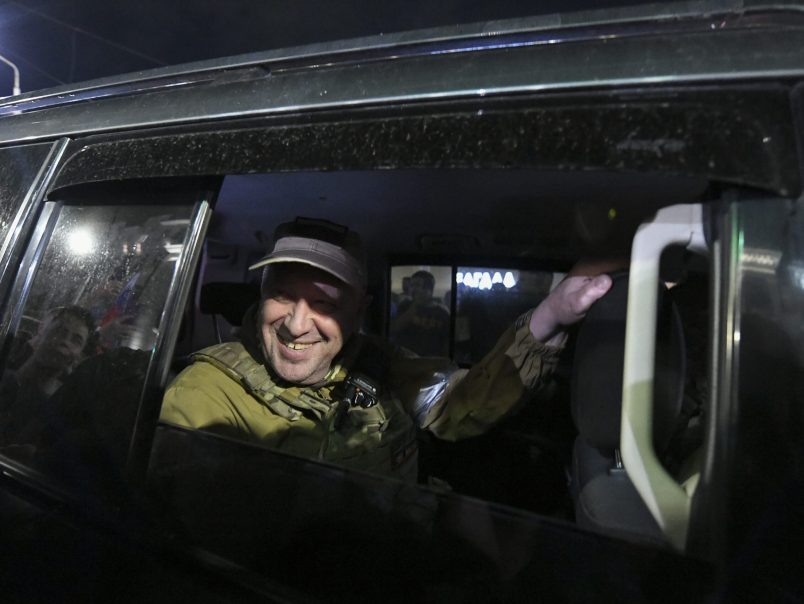We’re starting to get some first after-action reports from highly knowledgable observers of just what that wild 24 hours of the Wagner Mutiny in Russia was about. Here are two threads I recommend. I can’t know whether they’re right. But they’re both from highly knowledgable people. It’s worth hearing their take. First is this thread from Michael Kofman, an expert on the Russian military at the Center for Naval Analysis. The second is from Tatiana Stanovaya, another widely respected Russia analyst who I believe is currently based in France. I recommend both. But here are my overarching takeaways — again, none of this my analysis, just summarizing and trying to capture the gist of theirs and others.
I mentioned a few times yesterday that Prigozhin seemed to follow the classic imperial mutiny (especially Russian) argument that the mutineer remains loyal to the Czar but is just trying to root out his evil ministers who have led him astray. Prigozhin seems to have meant this much more literally. This was really a battle to keep Wagner independent from the Russian military proper, to maintain Prigozhin’s business, his power as an independent though subordinate military force in the Russian state structure. He was doing something dramatic to get Putin’s attention and get him to decide the matter in his favor. The way he went about it doesn’t seem entirely rational. But our rationality isn’t their rationality. And more important, he was desperate.
The key seems to be that he was in a way more successful than he anticipated. Most of the Russian Army is in Ukraine or near the Ukrainian border. What remains in Russia was either unwilling or unable to act quickly enough to stop his troops’ drive toward the capital. Kofman notes that Prigozhin appears to have had an intuitive grasp of the brittleness and weakness of the Russian state. But in this respect it was even weaker than he anticipated.
Here it’s key to remember just how few troops Prigozhin had mobilized. Perhaps a brigade or less. So 3,000 soldiers? 4,000 max? Maybe quite a few fewer? But now those soldiers are driving toward Moscow. They appear to have shot down some Russian helicopters along the way and I think one fixed wing aircraft. Suddenly the entire domestic and global audience is debating whether Prigozhin will be able to “take” Moscow when his troops arrive. But he was never trying to “take” Moscow or become a new head of state. He was trying to stop the Ministry of Defense from taking away his company.
Here Stanovaya argues that Prigozhin’s troops are hurtling toward Moscow where they’ll inevitably be annihilated. Basically a bloody mess. But that pitched battle will be horribly damaging to Putin’s regime. On the other hand, Prigozhin and his troops will all be dead. So at this point both sides are looking for an off-ramp. And that is the basis of the deal.
Stanovaya doesn’t say this explicitly. But it occurs to me that if you’re someone like Putin, if you’re involved in a bloody spasm of urban warfare to defend your own capital, that’s the kind of situation where someone else might decide to push you aside, even if you’re “winning” that battle.
In any case, I can’t tell you this is true. I have zero ability to analyze this on my own. But this at least arranges all the different and confusing moving pieces in a way that makes sense or is at least internally consistent.






